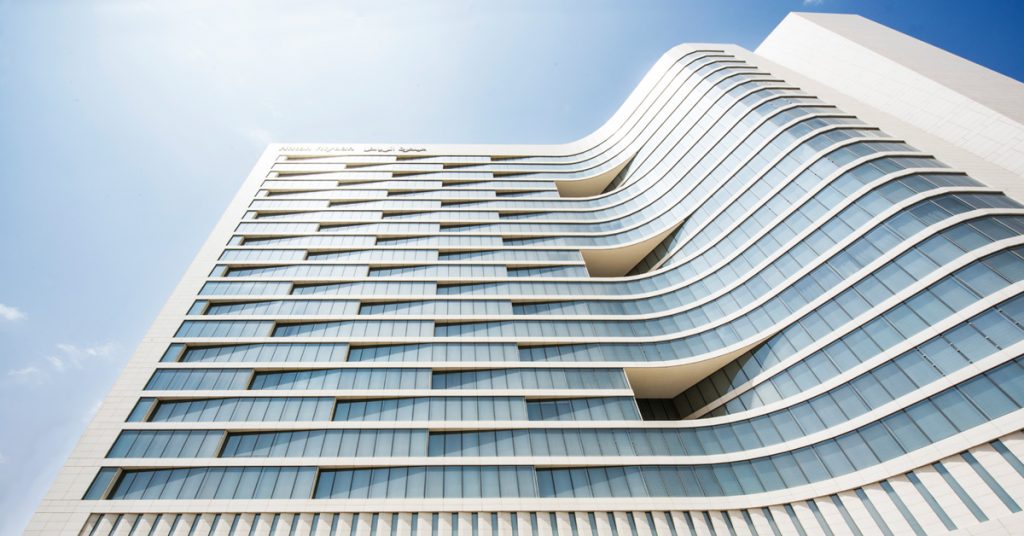The experience of architecture. Basic concepts.
There are several characteristics that affect the place or location of a piece of architecture. The relation with the contrast and camouflage is of abstraction and of extreme integration. Organicism shows sensitivity towars the place, reinterpreting its elements. Contextualism has to do with the meaning expressed by the building.
Space is one of the most important objectives in architecture and the creation of the limits of the space. Architecture is the studied construction of spaces. The evolution of architecture has to do with the new concepts of space. The classic space is closed and compact, with at least one axis of symmetry. Uniform space is about abstract, rational and perceived spaces. Contemporary space was linked to the origin of free section, as tyranny of the horizontal plane ends, deforming it and twisting it.
The concept of function associated with architecture is what you need to build and in what way. There are different functionalisms, the mechanical one came with beauty and not from the search of it, as efficiency was important. Organic functionalism is about biological sense and adapting itself to the living functions which must be carried out in the environment that is adapted to the human activities. Moralistic functionalism comes from what is considered beautiful, when it is useful and suitable to its end.
But what created the form of a piece of architecture are the following details:rythm, axis, symmetry, hierarchy, module, grid, movement, unit, centrality, balance, limit, light, contrast, colour, texture, proportion and scale. All this configure the distribution of the architectural body.
To be truthful in the construction techniques is to use the materials according to their qualities and properties. And as times changes, all the materials used in architecture change too and improve.

